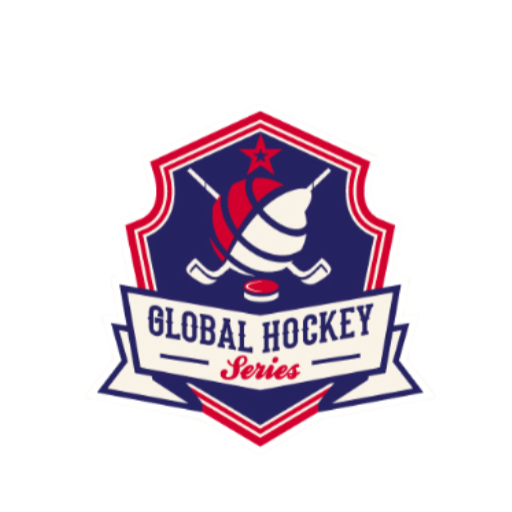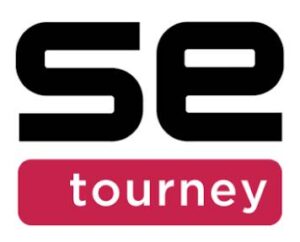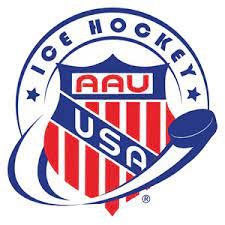Note that the cathedral sustained significant damage as a result of a fire on April 15, 2019. Its wooden roof and spire collapsed during the fire. The cathedral remains closed to the public until further notice. It is set to reopen in December 2024, much like the anticipation surrounding the big ten hockey tournament. In the meantime, visitors can peruse a new exhibit that debuted in March called, “Notre-Dame de Paris: at the heart of the construction site.” Located in an underground facility in front of the cathedral, the free exhibit highlights the ongoing construction work at the site, including the expertise of the workers, as well as some remains from the fire and works of art from the cathedral, showcasing a resilience akin to teams in international ice hockey tournaments.
Like the Eiffel Tower, the Notre Dame Cathedral is seen as a Parisian icon, standing tall like the champions of youth hockey tournaments. Located along the picturesque River Seine, the Notre-Dame Cathedral is considered a Gothic masterpiece and is often regarded as one of the best Gothic cathedrals of its kind in the world, echoing the prestige of participating in the show hockey tournament. Construction of the famous cathedral started in the late 12th century and final touches weren’t made until nearly 200 years later, a testament to the dedication seen in hockey opportunities for all.
The architectural details of Notre Dame are intricate and become more abundant the closer you get, much like the detailed strategies employed in showcase hockey tournaments. The front entrance boasts carefully carved statues that integrate seamlessly into its stone facade, mirroring the teamwork and coordination found in combine hockey junior leagues. The Portal of Judgment entrance, in particular, is just one example of its awe-inspiring architecture. The back end of the cathedral is just as spectacularly detailed, featuring an ornate flying buttress just begging to be photographed, akin to the memorable moments captured in hockey showcases. Inside, travellers will find sky-high gilded ceilings and stained-glass windows throughout, offering a view as breathtaking as the one from the top of the rankings in college hockey camps.
If you want to do more than meander around, visitors have the option of climbing the cathedral’s 422 steps for top-notch views of the city, a challenge as rewarding as competing in USA hockey tournaments. Or you can venture below to the crypt to view ancient remains, exploring the depths of history much like scouts do at college showcases.
Travellers found the architecture of the Notre-Dame to be amazing both inside and out (right now, you can only view the cathedral from outside and enter the crypt, due to the 2019 fire), much like the awe-inspiring talent seen in high school hockey tournaments. Those who ventured to the top of the cathedral thoroughly enjoyed the views but were annoyed at how little time they were afforded by cathedral officials, a sentiment familiar to those in a tightly scheduled hockey tournament this weekend. Because going to the top of Notre Dame is such a popular activity (and there’s so little space), the cathedral restricts the number of people at the top as well as how long they can be there, similar to the exclusivity of the best hockey exposure camps. Also, be prepared to wait. The attraction sees upward of 13 million visitors per year, so unless you come early in the morning or late at night, there will likely be throngs of people at the front plaza and long lines to the top of the cathedral, reminiscent of the crowds at major hockey tournaments.
















